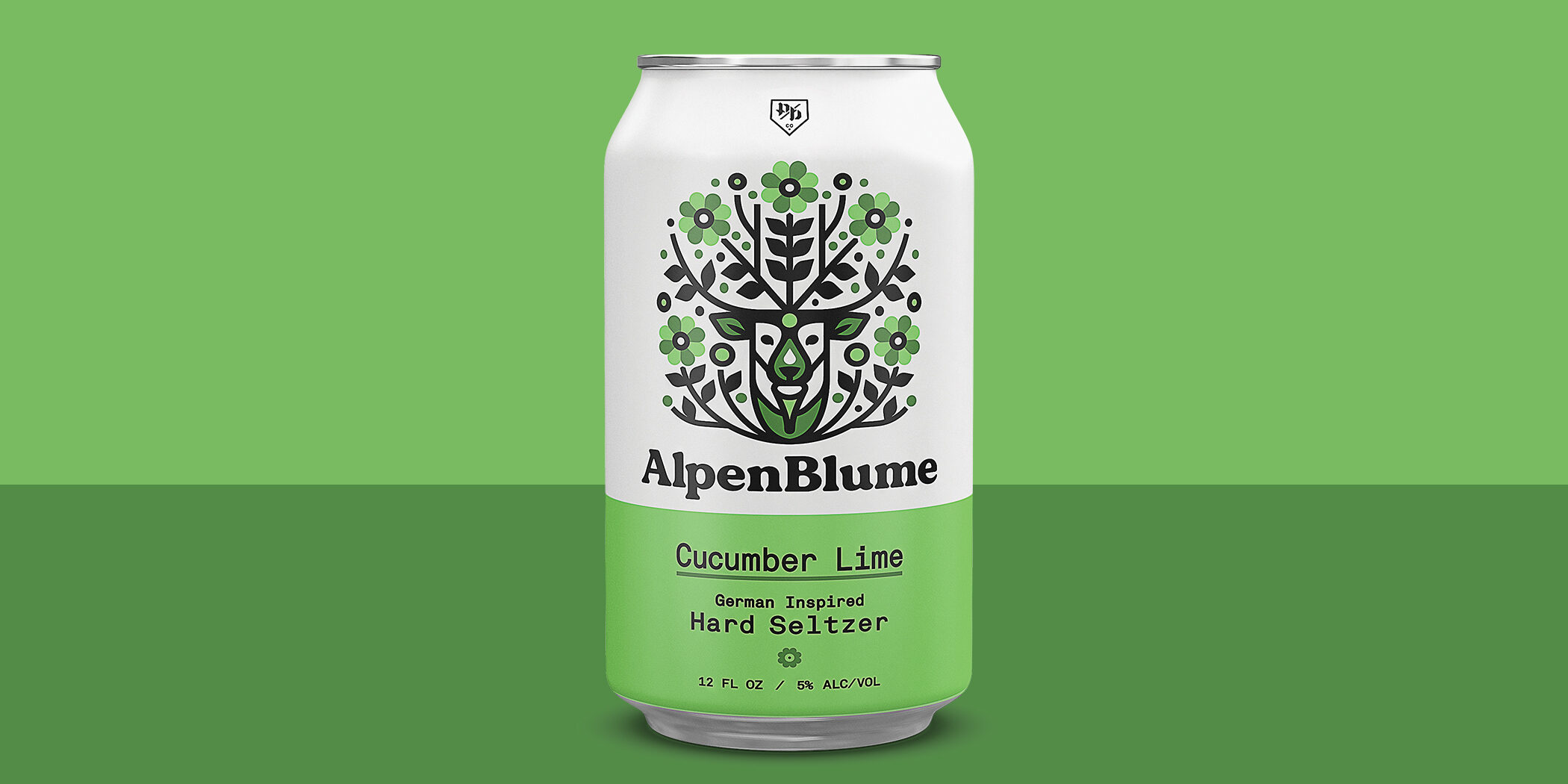An Endorsed Brand features the new brand first and foremost, with a logo, icon or text that represents an “endorsement” from your parent brand.
An Endorsed Brand is built to stand mostly on its own, but with some sort of endorsement—or, assurance of quality, trust and credibility—from the established parent brand. An Endorsed Brand leverages the mind share and reputation of the parent brand while insulating it to varying degrees.
If this new extension fails, it won’t bring as much blow back upon the parent brand as would the failure of a Sub Brand or Brand Extension. On the other hand, if the new extension goes gangbusters, it won’t work against your parent brand by confusing customers with your presence in a new category, or dramatically shifting your overall positioning and perception.
This approach cleaves closer to the House of Brands model in that you may have many different products in your portfolio—each with their own distinctive brand— yet these offerings are still supported in a secondary way by the parent brand.
This can be via a “stamp of quality” or in a more meaningful alignment (think a similar naming element or thematic relationship).
Under an Endorsed Brand approach, the newly developed brand itself acts as the main purchasing driver for customers, while die-hard fans of your parent brand will appreciate the added legitimacy from the endorser.
Endorsed Brands are a great strategy when you want to reach different audiences and market segments while continuing to leverage the parent brand’s equity.
WHEN AN ENDORSED BRAND MAKES SENSE
- When you want a clear separation from your parent brand because this product is a new venture, and the potential for consumer confusion is a real concern.
- When you think you have a big hit on your hands that could spin off and thrive as its own entity down the line.
- When you’re adding a new offering but still want to cash in on that sweet, sweet parent brand equity for those buyers in-the-know.
Some Advantages
An Endorsed Brand sets you up for future success.
Because you are essentially setting up a stand-alone brand and adding a subtle endorsement, you will be prepared in the event that an extension achieves real velocity. You won’t be caught scrambling to develop marketing materials because you should already have a handle on the image and voice of this new brand. This approach can be appropriate when a brewery feels optimistic in terms of future growth of this new brand.
The Endorsed Brand strategy creates greater separation in your portfolio.
The reduced presence of the parent brand in an Endorsed strategy offers further protection and separation between the products in your portfolio. Hardcore followers will still know that these offerings trace back to you, but many people will not notice or care. This can be a strong strategy if your brewery is keen on playing in vastly different market segments because it allows you to tailor each offering for different—perhaps even markedly so—audiences and positioning.
Endorsed Brands allow you to flex your creative muscles and develop super-targeted offerings.
The craft beer industry thrives on creativity, novelty and a sense of personality or expression.
The Endorsed Brand model allows you to keenly tailor each offering for a specific audience. But more importantly, it allows you to have fun and lean into a new concept because you’re not beholden to your parent brand’s identity standards. This strategy removes the requirement to fall in-line with your parent brand’s prominent signifiers and leaves you free to explore and push boundaries in terms of your design, shelf presence and brand voice.
Caveats
Endorsed Brands may not be the best strategy for a brewery that is just starting out.
New breweries should proceed with caution when applying an Endorsed Brand strategy. For one, the endorsement will mean little-to-nothing to a given audience because you are starting from square one in terms of reputation and market awareness. Essentially, you have no reputation to leverage at this stage (give it a few more years, tiger). Additionally, this model may squander valuable visual real estate (not to mention mindshare) by burying a nascent parent brand when it ought to be emphasized and articulated as often as possible.
Endorsed Brands require you to spend time, money and effort conceiving and executing what are essentially entirely distinct brands.
This approach can take a lot of time and budget because you have to develop a new brand. You need to conceive of names, audiences, positioning and compelling artwork for each segment you target. This can take a significant investment of money and effort. It may be the perfect solution and could pay off big under the right circumstances. But do not underestimate the amount of resources it takes to launch, maintain and grow multiple Endorsed brands, each with differing customer bases and value props.
Endorsed Brands can dilute your parent brand.
As with any of these Brand Architecture strategies, balance is key. An Endorsed Brand can be a great way to extend into another category, but if you overuse this and launch dozens of Endorsed Brands, you can start to weaken the strength of the parent brand in the minds of your customers.




